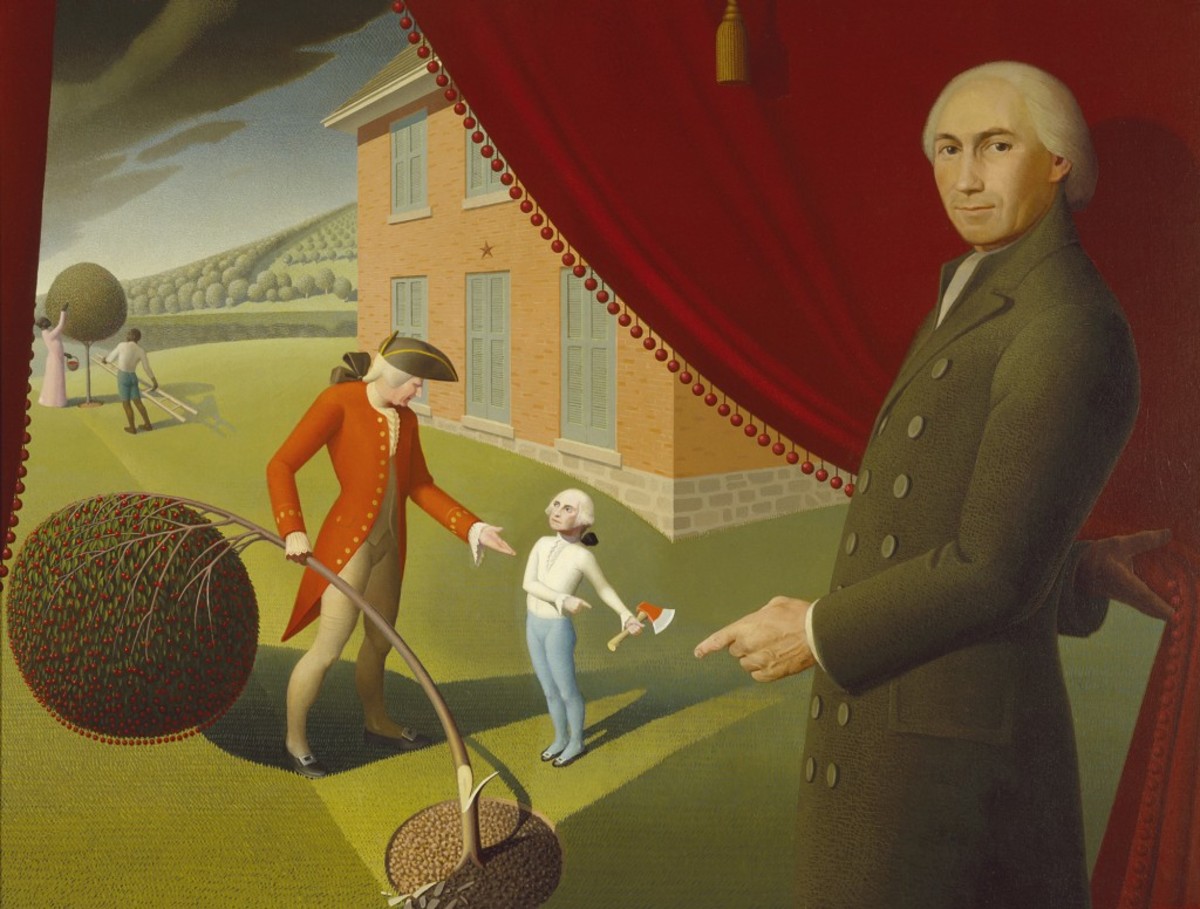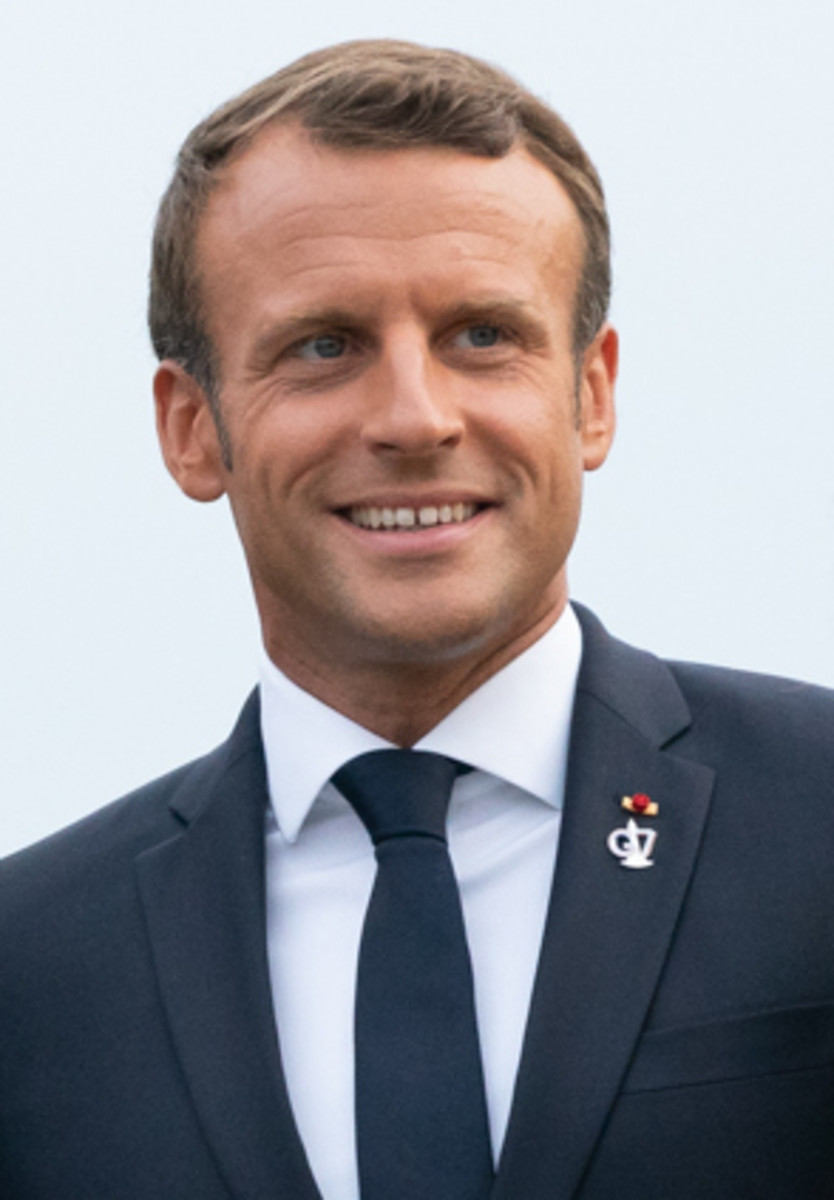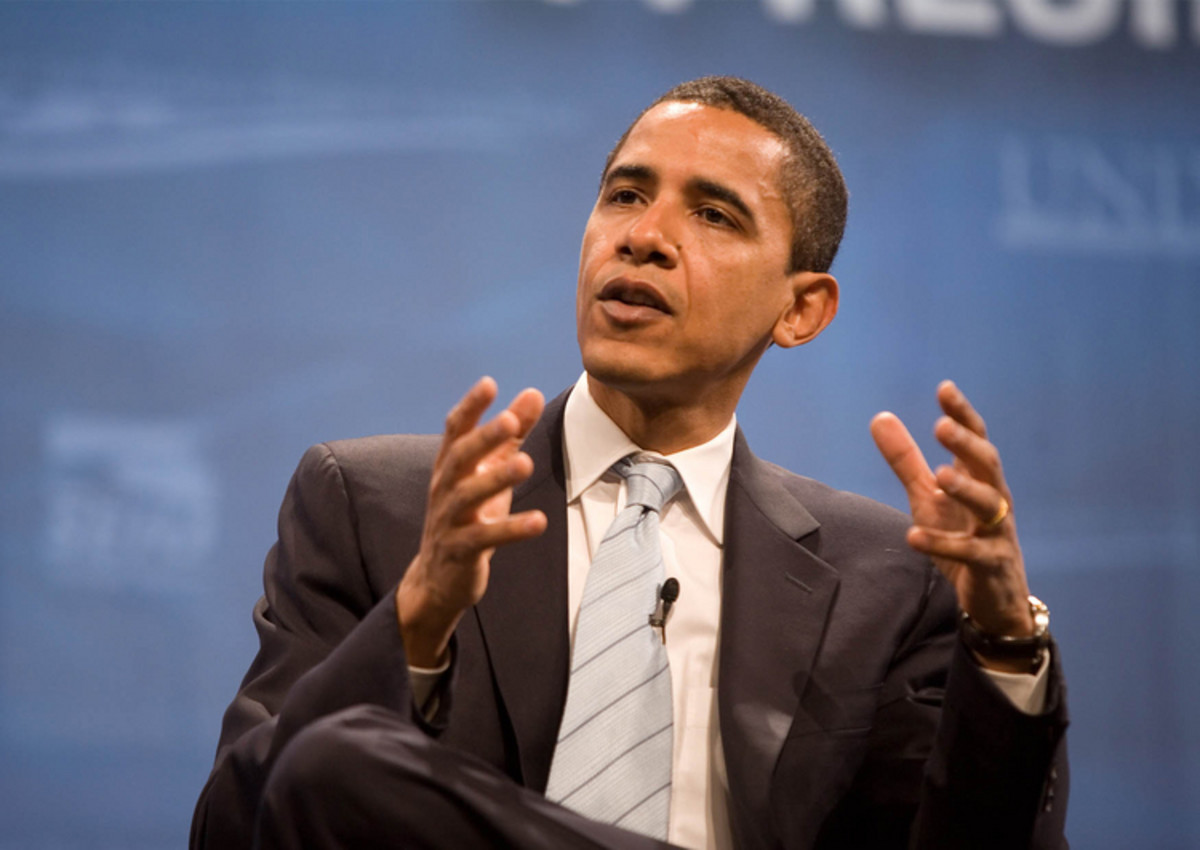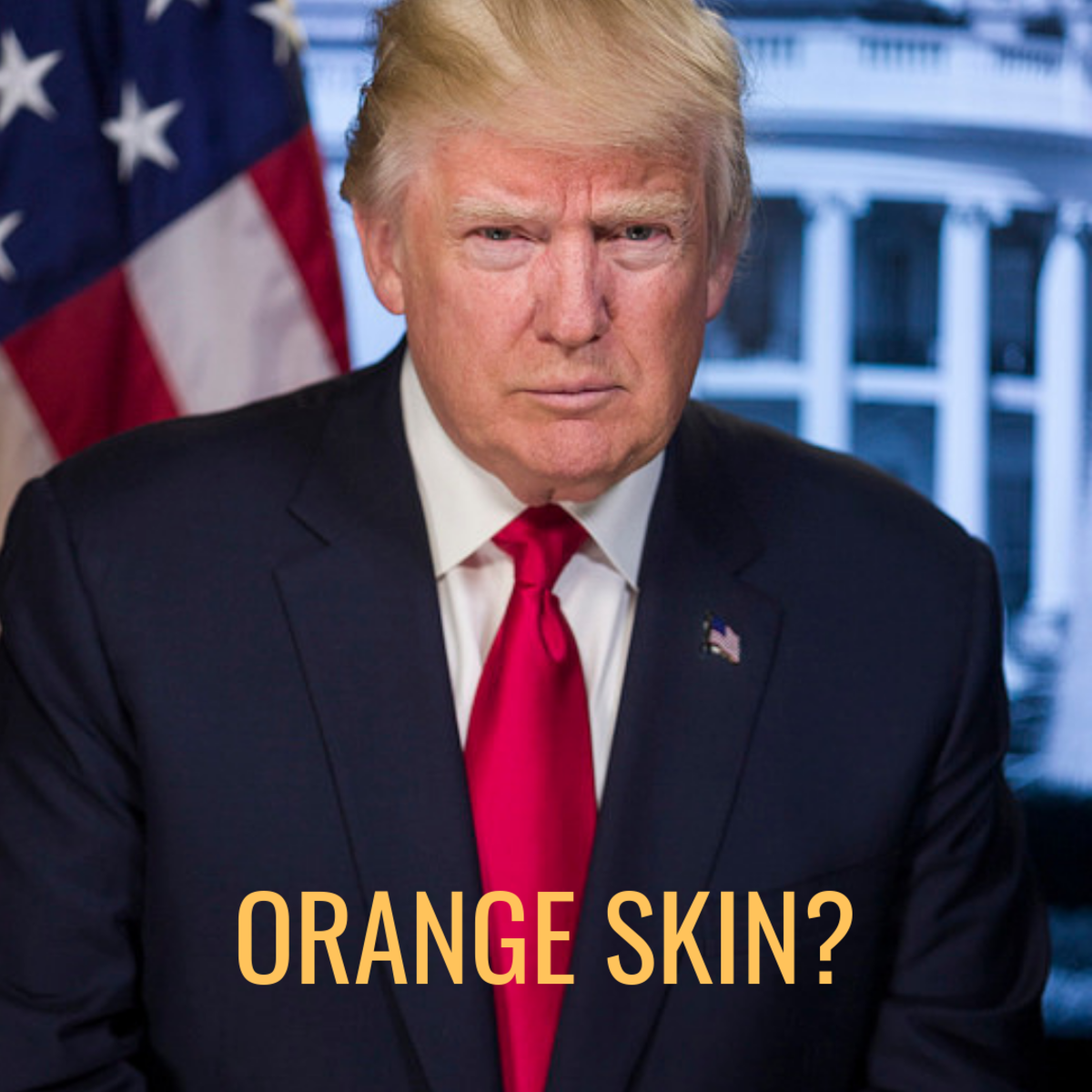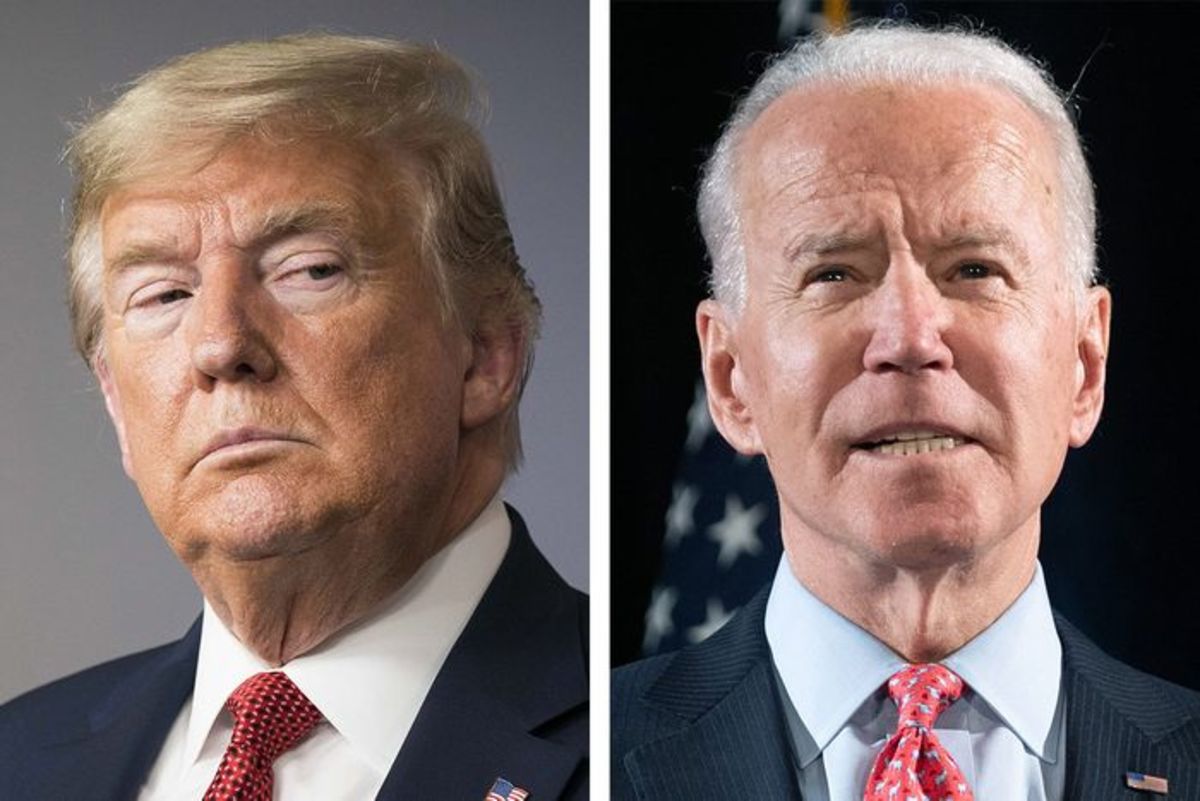American President George Washington
Want to Know About Other American Presidents?
Check out the American Presidents List!
The First American President George Washington
Born on February 22nd 1732, as a British Colonial citizen, few would have guessed that the young boy would in time lead America to victory in the American revolutionary war and become the first American President George Washington. He is also often regarded as one of America's greatest military leaders. Soon after finishing his term as an American President from 1789 to 1797, George Washington died due ot his treatments to pneumonia.
George Washington was the first American President, and prior to this he was the leader of the Continental Army and led them to victory against the british during the American Revolutionary war from 1775 to 1783.
George Washington became president in 1789 before relinquishing his duty in 1797.
During his term as President George Washington focused on making America a Neutral country, and worked hard signing treaties with several nations including France and Britain to bring peace to the United States. He was also a large supporter of religious freedom in America, and sought to bring tranquility between religion to his country.
George Washington the First American President
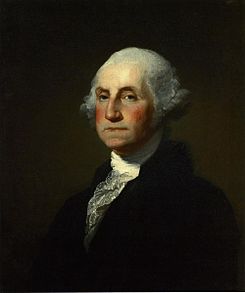
Early Military History of George Washington
In his early years George Washington was a British soldier of rank who was first an ambassador to French traders as far north as Pennsylvania. At 22 years old George Washington was involved in the very early beginnings of what was to become a literal world war against the English Empire and it's allies. his time spent in Ohio Country was spent scouting out the French military presence, and his mission to convince the French to peacefully leave failed when the French declined the invitation to depart.
In 1754 George Washington was sent with a new group of soldiers named the Virginia Regiment which was sent to harass french forces in the Ohio region. During this time George Washington captured a scouting party and was involved in a massacre of a French camp which was woefully unguarded. After this he began establishing Fort Necessity, which he later lost to French forces.
After George Washington's capture at Fort Necessity he was forced to sign a French document stating that he had assassinated Ensign Jumonville, the leader of a camp he left to be massacred by a party of native Indians who aided in his attack. After he signed the document he was released on the provision that he would not re-enter Ohio for one year.
In 1755 George Washington joined a British General named Edward Braddock who began a major campaign to retake the Ohio country. Unfortunately this soon ended in disaster, as Braddock was shot while on his horse. George Washington gained a huge amount of recognition during this battle as he organized a full retreat despite having two horses shot from under him, and four bullets pierce his clothes (although he emerged completely unscathed from the battle, even with the close shaves). After this battle George Washington was viewed as a hero, and was given the rank of Commander.
Despite another victory in taking the French Fort Duquesne, George Washington did not receive the promotion he was expecting. He realised that the British disdain for colonial soldiers was going to forever preventing him for reaching any real seniority within the British military.
For this reason George Washington resigned from military service. For nearly 16 years he instead continued working on his plantation in Virginia, and pursued a career as a politician.
George Washington Facts
When Was George Washington Born?
George Washington was born on February 22nd, 1732, although at the calender of teh time this would have been on February 11, 1731.
When Was George Washington the American President?
George Washington was the American President from April 30th, 1789 until March 4th, 1797
When did George Washington Die?
George Washington died on December 14th 1799
How Did George Washington Die?
George Washington died from pneumonia, or more accurately the treatment for pneumonia at the time. This included the doctors letting over 5 pints of blood from his body, and treating him with calomel, a mercury derivative which is a potent laxative.
American President George Washington and His Role in American Independence
George Washington was originally an English Citizen, and was born in to a very wealthy family who inhabited Westmoreland County in Virginia. Washington lived his early life as a plantation owner and tobacco farmer, during which time he acquired some of the many slaves he would own throughout his life, despite also having a quietly held opposition to slavery itself.
George Washington's first real military experience came about during the French and Indian war of 1754 to 1763. His experience in this war gained him recognition, and in 1775 the Second Continental congress appointed him Commander in Chief of the Continental Army.
The military career of George Washington had some highs and lows, but it started of with a strong footing. In 1776 he forced the British out of Boston with a heavy bombardment of artillery. After this George Washington moved his army to New York City Unfortunately his success was short lived as the British launched a counter attack from navel and land forces which began at the battle of Long Island on August 22nd, 1776.
George Washington showed his true colors as a leader when he managed to save the lives of his men, and their equipment by retreating across the east river.
During the following months George Washington suffered several more crippling defeats as he was sent in to a full retreat across New Jersey.
On the 25th of December, 1776 George Washington launched a counter attack, taking advantage of the British lapse over the Christmas period. George Washington launched a counter offensive across the Delaware river, from which he captured over 1000 Hessians (The Hessian regiments were often German and Russian mercinary forces controlled by their governments).
Soon after this George Washington also launched a surprise attack at Princeton, which he recaptured successfully. These defeats sent the British in to a retreat to New York.
In 1777 the British reformed their plan of attack and sent an army led by John Burgoyne down the Hudson river from Canada. This attack was designed to reach New York to reinforce it, while also cutting off New England.
At the same time as military movement occurred General William Howe Launched an offensive against Philadelphia, which he successfully captured.
The loss of Philadelphia prompted Congress to remove him from command, however the plan was overturned when a large number of supporters for George Washington rallied together to fight for his continued leadership.
At this time the British army was stretched thinly across a huge terrain. George Washington used this to launch a series of unsuccessful, but damaging attacks on the British army. At the same time he sent General Horatio Gates with the state Militia to face the army led by George Burgoyne. Gates successfully trapped this army and forced them to surrender.
This defeat marked a turning point in the war, when America allied itself with the French against Britain. Shortly after both the Netherlands and Spain entered the war against Britain due to their treaty with France.
For six months after December 1777 George Washington's army was forced to camp in Valley Forge where he lost 2,500 out of his 10,000 men to the winter elements and disease. Despite these losses the remaining army emerged in good health.
With the entry of France to the war against England Britain was no longer sure of their ability to hold the seas, or their lands in America. For this reason they evacuated Philadelphia in 1778. Washington used this as an opportunity to attack the British in retreat. While the British Army succeeded in returning to New York, a large portion of their Navy and Army was sent to deal with the war against France and it's allies.
While the British turned their attentions further South in the Americas, where more English Loyalists could be found, Washington waited for his chance to strike at New York. It took nearly three years for that opportunity to arise, but in 1781 a French naval victory at the Battle of Chesapeake allowed the French and the Americans to converge on the British Army in Virginia at the Siege of Yorktown. The combined forces of the French and American armies subdued any chance of a British counter-attack.
At the Treaty of Paris in 1783 a British Diplomat named David Hartley met with Benjamin Franklin, John Adams and John Jay to sign a treaty in which Britain recognised the Independence of America.
American President George Washington and his Resignation
What made George Washington unique among many military revolutionists is that after his successful defeat of the British he stated that civilian elected officials, and not the military leaders, should be placed in ultimate authority.
Though he controled the entire American army at this time, he relinquished his positon. In March 1783 he disperesed his army after several officers threatened to use tehir military power against congress due to issues with their back pay.
To complete both the disbanding of the Army and to give his resignation the soon-to-be American President George Washington created a document entitled 'Farewell Orders to the Armies of the United States.
Several days later the British completed their evacuation of New York City. On the 4th of December 1783 George Washington left his commanding officers, and travelled down to meet the Congress of the Confederation, where he formally handed in his resignation on December 23rd 1783.
The Address of General Washington To The People of The United States on his declining of the Presidency of the United States,
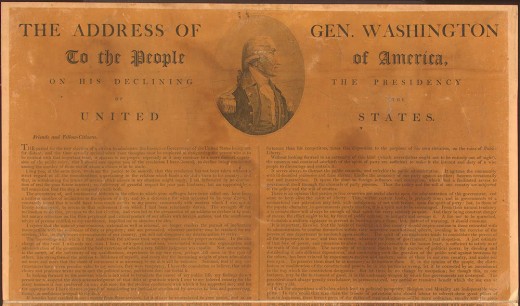
American President George Washington
George Washington became the American president in 1789, before this he presided over the creation of the United States Constitution, after the original Articles of Confederation spawned resentment among the populace. Initially George Washington did not want the American Presidency, however he received 100% of the electoral votes. On top of this he initially refused a salary of $25,000 annually. However he accepted this wage after the first United States Congress said that it would set a bad precedent if only independently wealthy men could become President.
George Washington is also said to have refused a more elaborate title, and was strictly against glorifying his position above an administrative role. He also removed any decorations around courtrooms and official chambers which
George Washington's policies for the future of the united States of America were clear and precise. As American President, George Washington tried to steer his country away from war, and actively sought to promote the United States as a neutral country. He stated that the United States of America should not be involved in any foreign conflicts, and should focus on building a strong economy around a central government, national bank, and effective tax system.
He was instrumental in the Jay Treaty with the English despite opposition from Jeffersonian politicians. this finally signified complete peace between the United States and England.
George Washington formed a strong and effective American administration
On the 4th of March 1797 George Washington Retired from Presidency, after giving a press release on September 19th 1796.
A Short Video History of George Washington
Post Retirement and Death of American President George Washington
After the retired American President George Washington left office he returned to his Plantation in Virginia, Mount Vernon. Soon after though the New American President John Adams requested George Washington's help with a new threat from the French.
At this point George Washington was promoted to Lieutenant General and Commander in Chief of the United States armies which had been raised for a possible future war with France. While the ex American President George Washington was deeply involved with the planning for battles which may take place, he never took to the battlefield again.
On the 12th of December 1799 George Washington took to his horse to inspect his farm during snow, hail and freezing rain. On Friday, the morning after, George washington awoke and began to complain of an extremely sore throat which became progressively worse. On Saturday the morning after George Washington told his wife Martha that he was feeling ill.
While being treated by his doctors, also close friends, his health deteriorated. While this was in part down to his throat infection, the accepted medicine of the time did not help either, this included the letting of five pints of blood, and the use of mercury based laxatives such as calomel.
George Washington died on the evening of December 14th 1799, missing the turn of the century and the Christmas of that year.
The death of George Washington sparked remorse around the world, from the American populace to Napoleon himself.


